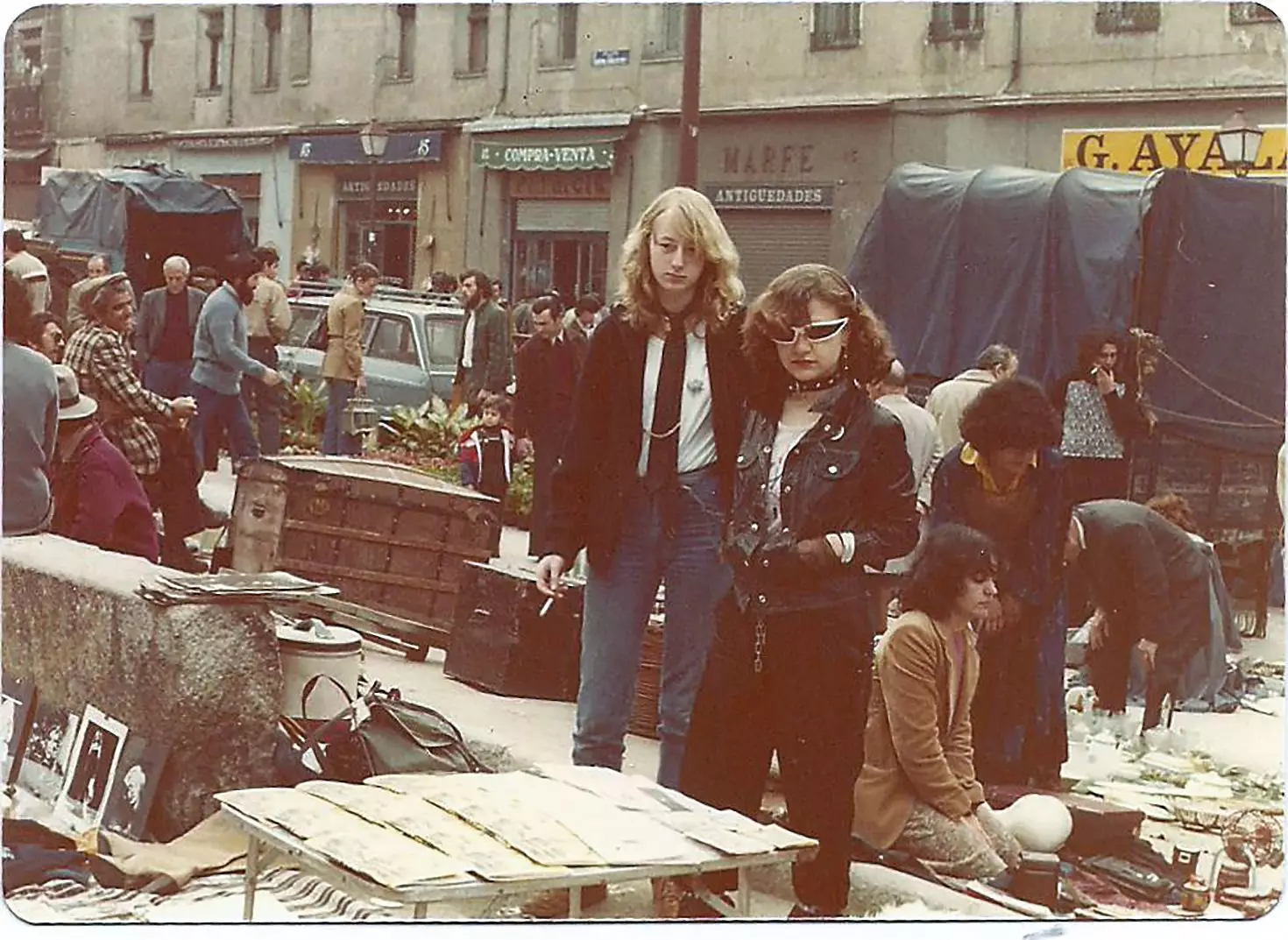
Alaska and Elisabetta on the Trail.
So much has been said or written about the Madrid scene It seemed that there was nothing left to know about that prodigious, fun and uninhibited decade. The 80s in Madrid, multicolored clothes, impossible hair, a lot of music and also a party (and drugs, where the sad chapter of those happy years came from). But we still had something left, we still had to remember and put in black on white all those places where the Movida or, rather, the movidas moved.
The book Guide to Madrid de la Movida (ed. Anaya Touring) does just that. “It is a trip to a Madrid 40 years ago, a way to collect a part of history that had been lost”, explains the journalist and music critic, Patricia Godes, one of the authors of the book along with another great name in the sector, Jesus Ordovas. "We always focus on remembering the characters, in our culture we have a bit of messianism, and we forget about the sites and the workers that make it possible for those sites to exist.”
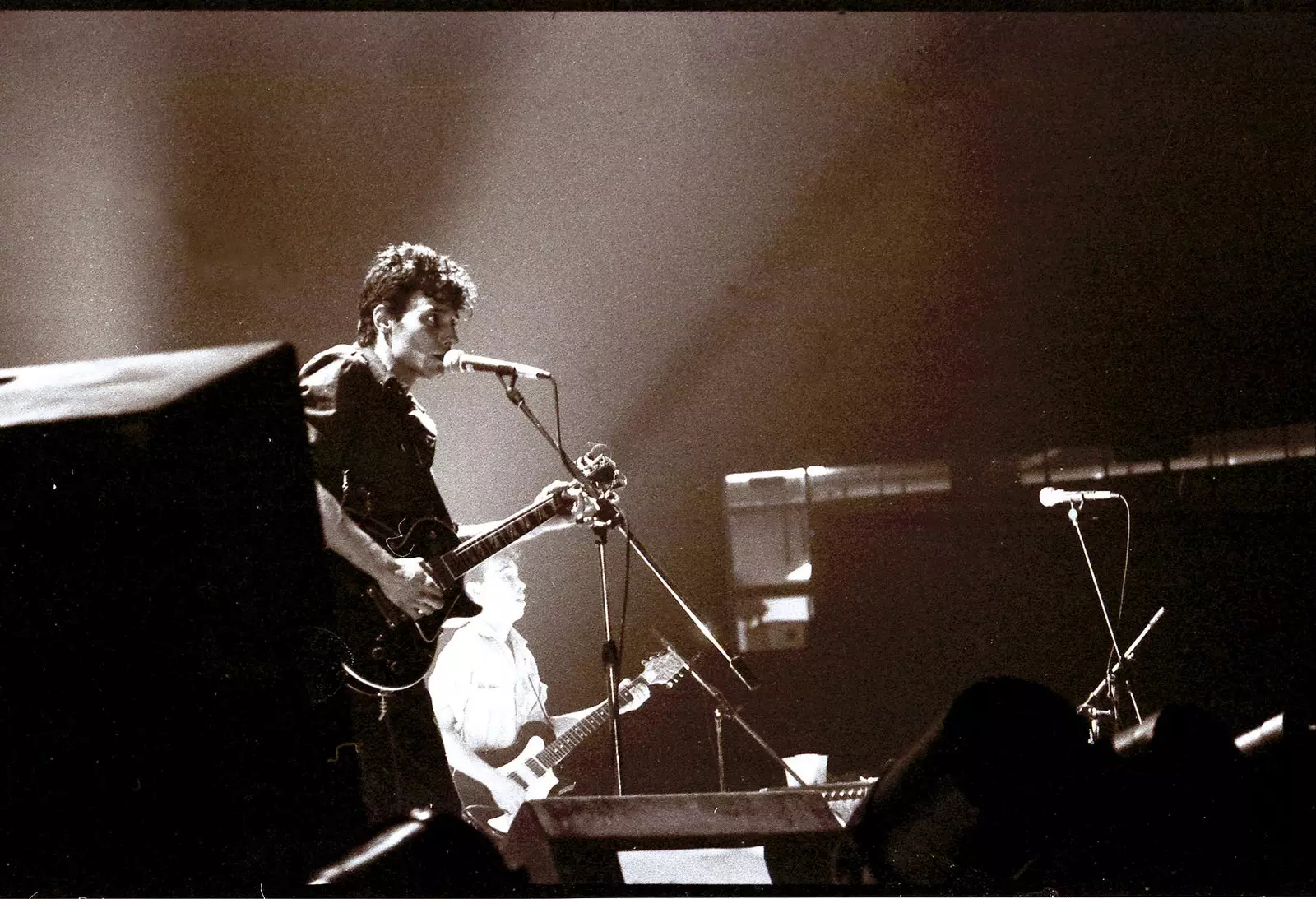
Antonio Vega, Nacha Pop, full movement.
Because the Movida was Alaska and Almodóvar, Ceesepe and Alberto García-Alix, Radio Futura and McNamara; but it was also the Rock-Ola, the Penta, the Milky Way, the Trail, the Prospe, the neighborhood rehearsal rooms…
The guide is divided into 11 plans that correspond to 11 areas of Madrid. From Sol-Gran Vía to Barrios del Sur (with Vallecas, Carabanchel, Usera…). In between, Lavapiés, Las Letras, Chamberí… By mistake we associated (or associated) to the Movida only Malasaña and surroundings. “But, in reality, Malasaña was late, like Chueca”, confirms Patricia, who, like Jesús Ordovás, experienced those years first hand. “When it arrives in Malasaña, La Movida takes advantage of bars that were open like La Vía Láctea or like El Agapo, which had been a theater.** El Agapo** was opened in the spring of 1985 and the milky way It becomes fashionable in 1983, when one of the characters from the book enters to play, Kike Turmix”.
To trace the corners of Madrid, many, which were filled with people wanting to have a good time, you first have to understand what the Movida was. Godes is one of those who thinks that at the time she did not feel that she was part of a movement, of something that we would still be talking about today. But she does remember that the Movida was the result of the exit "from all the crises, especially the oil crisis that shook the consumer society" and aroused a certain general joy. **“Everywhere there was a lot of optimism, a lot of joy, there were entertainment places throughout the city, shops, rehearsal rooms, clubs…”. **
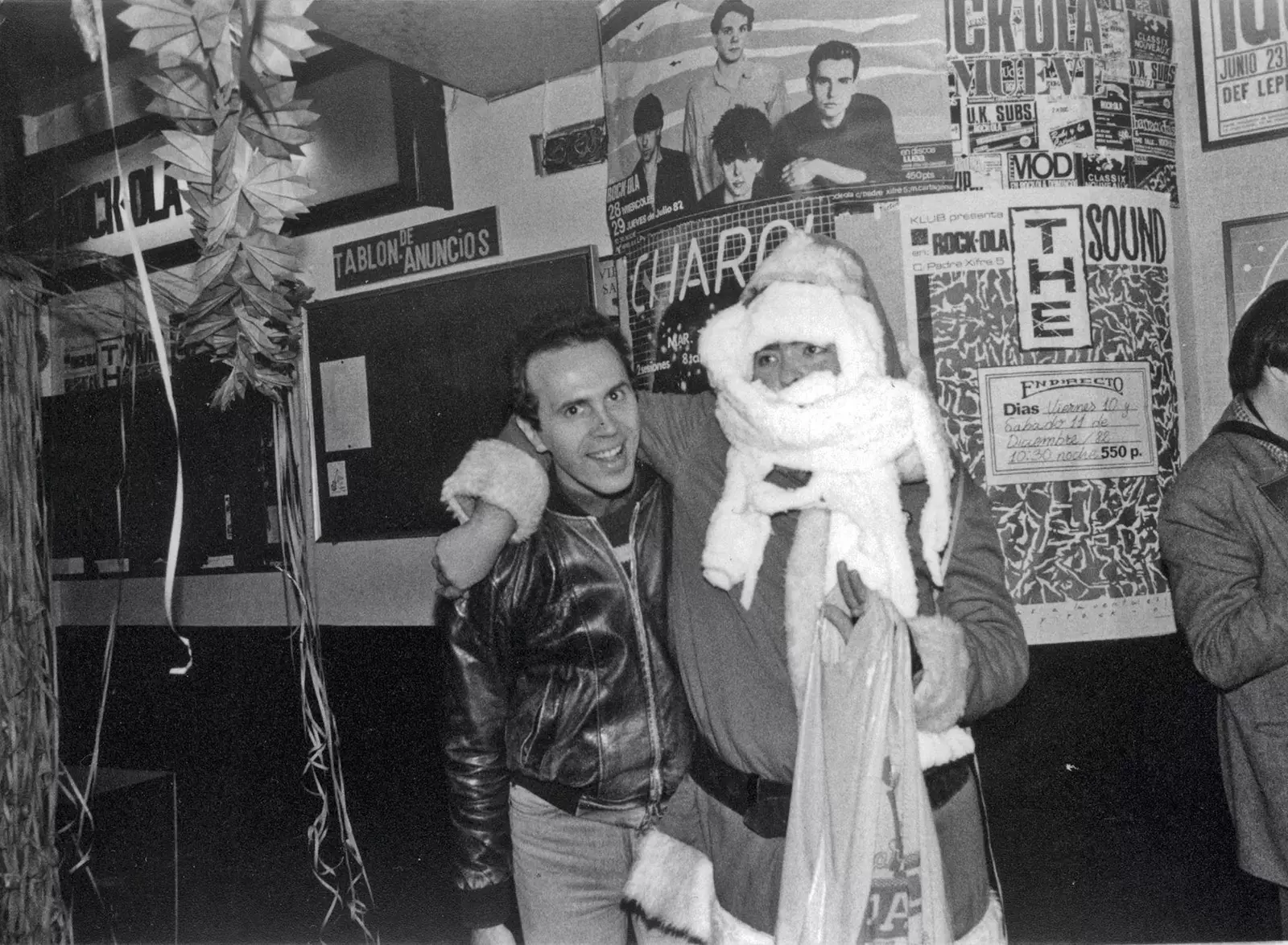
Jesús Ordovás and Kike Turmix in Rockola.
"I think that the Movida is not the great moment of fun and leisure, the Movida was the leisure of a generation of young people that the media broadcast, It is the party that has had the most media coverage in history”, summarizes.
Francis Threshold was the one who coined the term Movida in his articles in El País, they count in the Guide, and that's how he referred to all those pop and rock music groups that dragged an audience with different cultural inclinations. “What we have told as Movida are a few years of Spanish society in which pop, rock, heavy music is a common thread very important in leisure, in fashion (at that time you have to think that the singers in Vogue had not yet appeared), in the cinema (Almodóvar's first films were almost musical); in the media… Music ceases to be marginal information, to go on to occupy covers”, says Godes.
And with music as the common thread, protagonists and spectators were signing up for the Movida. Groups arose in all the neighbourhoods, in the halls of residence, groups of dubious quality and talent, but if they connected with the public, an audience, due to their personality, style or desire to party, was enough.
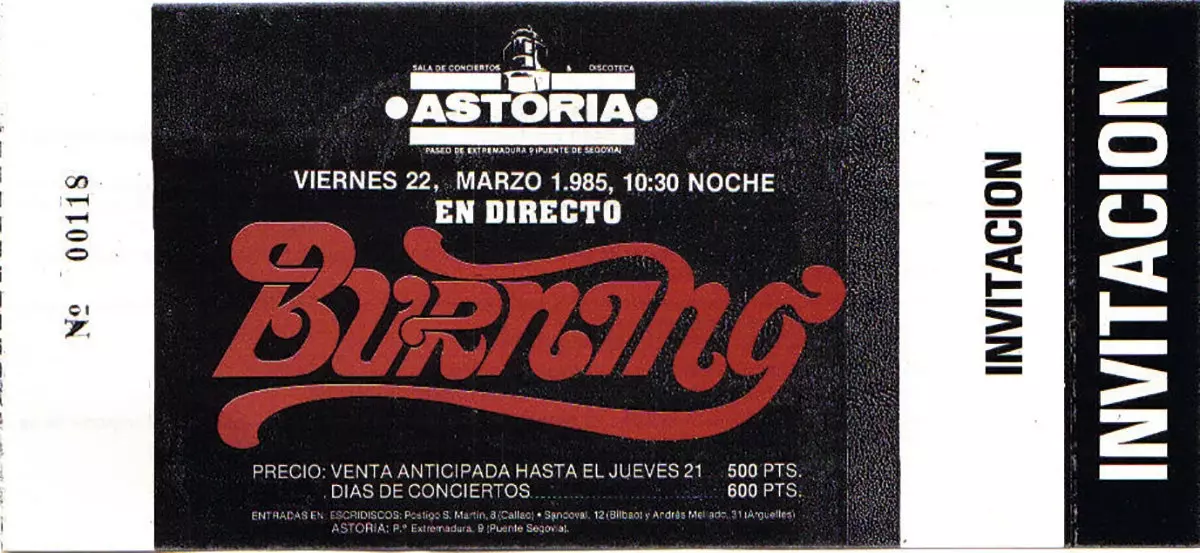
Ticket for Burning in Astoria.
If you have to search a physical origin to the Movida, point out the Rastro, where they went to buy, change, sell records and fanzines. El Rastro is both in The Alaskan Trail as in Almodóvar's, which have their own first-person chapters in the book. “It was important to go to the Rastro every Sunday to show your friends that you had survived Saturday night”, writes the Manchego director. “Del Rastro la Movida spread throughout the city after the media reflected that youthful society in their leisure time”, says Godes.
It took a year for the authors to collect the routes, go through the neighborhoods on foot or through Google Maps. And they found him very changed. Malasaña, for example: "Those chic, modern places, with second-hand clothes, did not exist" , she says. Or la Prospe, Prosperidad, nerve center for Rock-Ola, perhaps it is one of the neighborhoods that has changed the most, says the journalist. “Rock-Ola was a Champion, a supermarket, I remember that once I passed by, I saw that it was a supermarket and I went to buy a cheese: a cheese at Rock-Ola! Now they are storage rooms. The Sala Morasol is a cinema. The Ateneo de la Prospe is a neighborhood cultural center”, she continues and remembers those times of "wiggles on the corners or of people who went to see the concert with the corresponding uniform of their urban tribe or with whatever they invented to attract attention”.
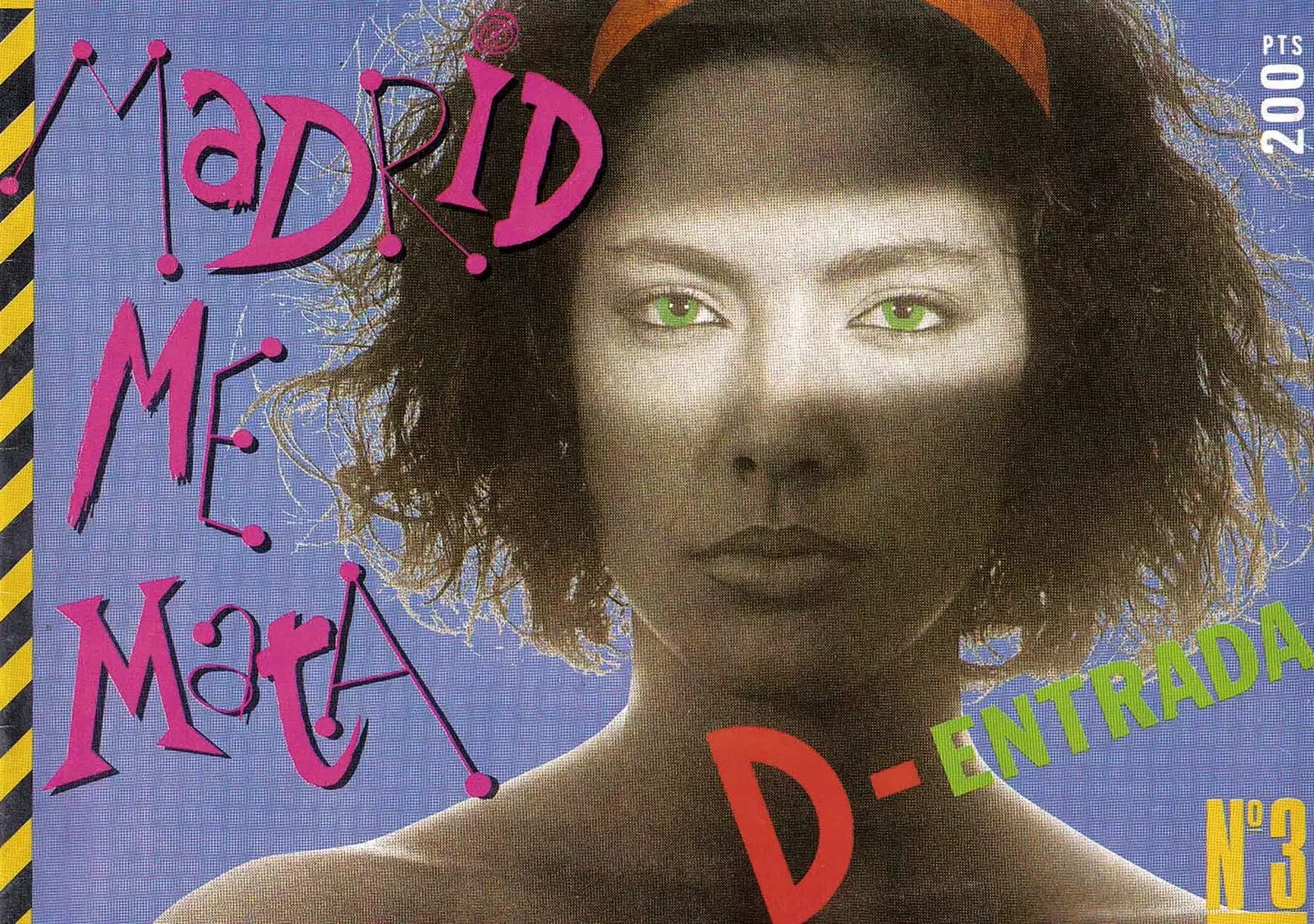
Madrid kills me.
But Guide to Madrid de la Movida It is not a nostalgic book Godes clarifies, and recalls some of the bad things that are usually forgotten: "Like everything that was smoked," she exposes. “Or of that little old man who sold gum and cigarettes in the Plaza del 2 de Mayo and as a claim he carried a handful of syringes. Nostalgia none, that is not counted either: the number of people who died or have ended badly because of drugs or AIDS.
Although she adds that this is not a “chive” book either. "This is a part of the history of Madrid that had not been collected, it is a youth movement based on the scenarios, the neighborhoods and their ways of living", she says. "I think nostalgia, whether or not you feel it personally, doesn't enter this book because it's factual information."
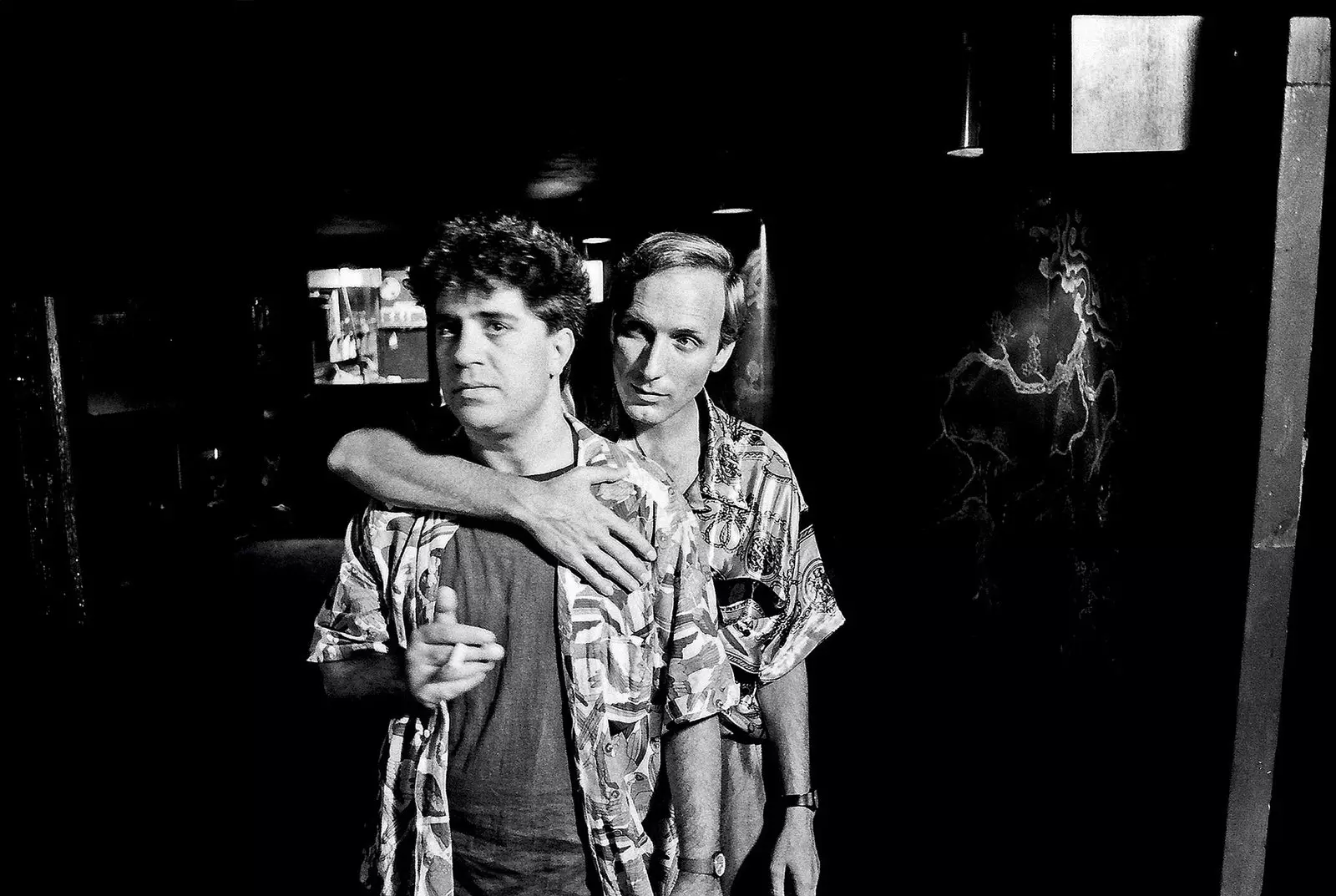
Almodóvar and Eusebio Poncela, The Law of Desire.
From photographs, almost all of them unpublished Domingo J. Casas, and interviews with leading figures of the moment (Ramoncín, Ouka Leele, Manolo Campoamor, Wyoming…), Godes and Ordovás have returned to every local, shop, bar, corner or street where something happened in the 80s. Some continue, others are totally transformed. The objective is to encourage people to get to know another Madrid, other neighbourhoods. Y I hope to start a tourist route for musical interest, like the one who goes to Liverpool following the Beatles.
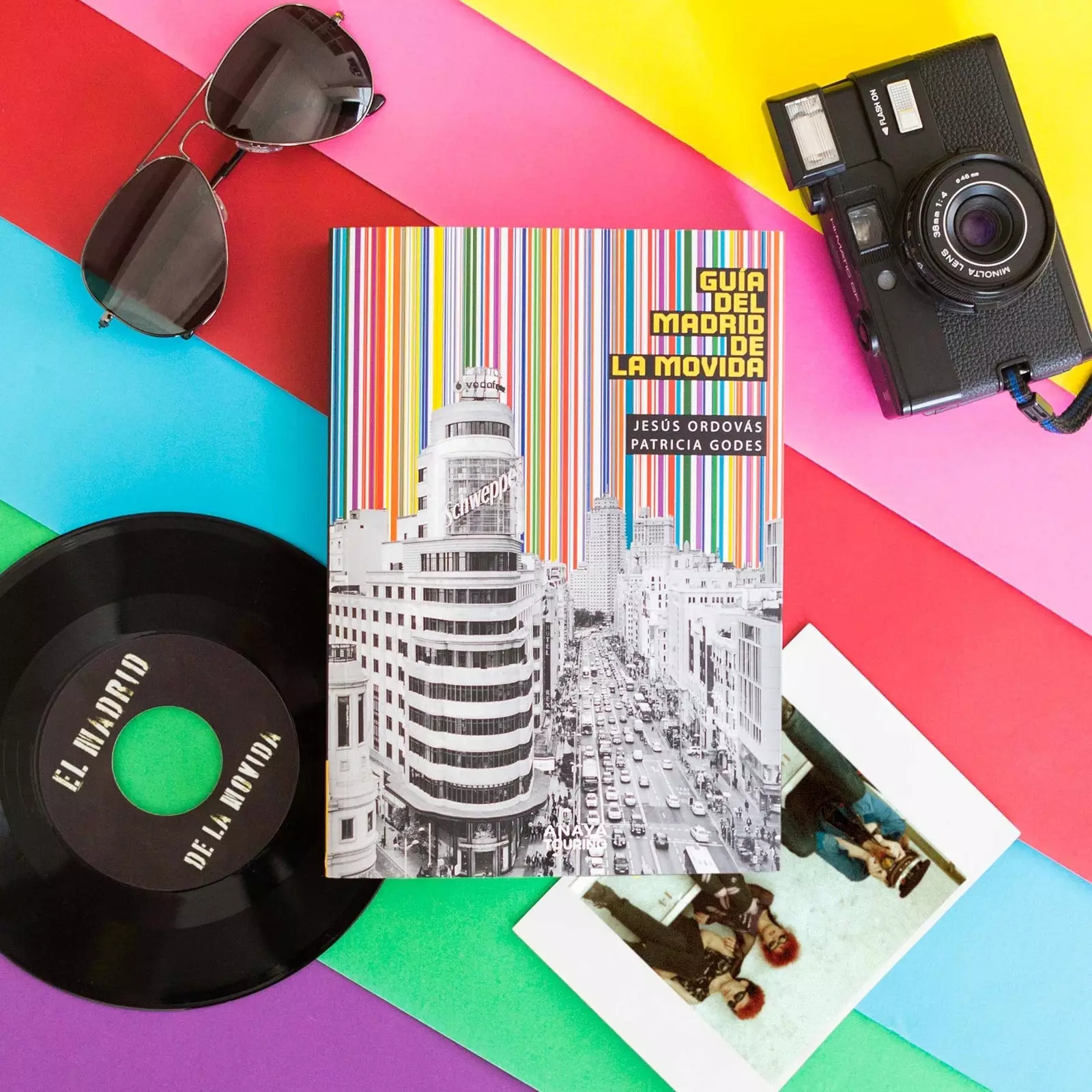
Guide to the Madrid of La Movida.
